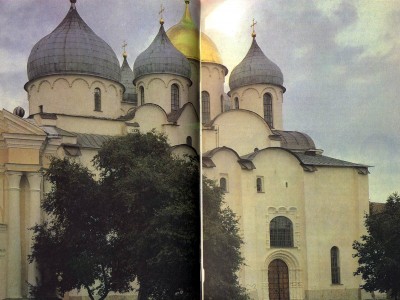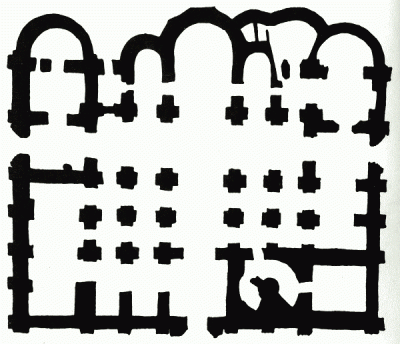Novgorodian Chronicle-Writing of the Twelfth Century
Novgorodian chronicle-writing is of a completely different nature. Firstly, it is emphatically local: the Novgorodian chroniclers rarely make references to national Russian events or events in other Russian lands. The Novgorodian chronicle also lacks the religious rhetoric that was characteristic, as already mentioned, of the chronicle of Vladimir-SuzdalianRussia.
The Novgorodian chronicle is distinguished by its simple style (the conventional formulas of the monumental historical style so typical of South-Russian chronicle-writing are hardly found here at all), and its democratic language, which retains many dialect words and reflects the special features of the local Novgorodian spoken language.
The earliest Novgorodian chronicles are reflected in the two redactions (recensions) of the so-called Novgorod First Chronicle. The oldest recension is the Synod manuscript of the thirteenth and fourteenth centuries (which, unfortunately, lacks the beginning). This is the earliest extant manuscript of a chronicle text. The oldest manuscripts of the later recension of The Novgorod First Chronicle belong to the middle of the fifteenth century.67
For a long time Novgorodian chronicle-writing was isolated from that of the other Russian lands, until the Novgorodian chronicles were used in the fifteenth century as one of the sources for a new chronicle of the whole of Russia.
It is The Novgorod First Chronicle, however, that has preserved a most interesting literary work (possibly of Kievan origin), the account of the capture of Constantinople by the Crusaders in 1204 during the Fourth Crusade. Compiled by an eyewitness (or from an eyewitness account), this description is a most valuable historical source, not only for its description of how this event was received in Russia, but also for the study of Byzantine history as such: the narrator is well versed in the political background to the events and describes the siege, capture and looting of Constantinople in great detail68.
 History of Russian Literature
History of Russian Literature


